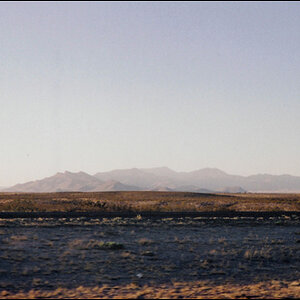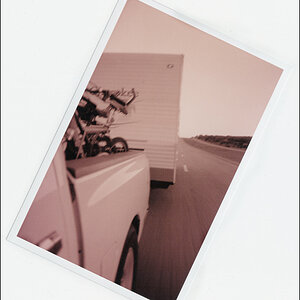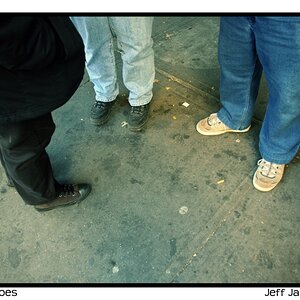Strauss
TPF Noob!
- Joined
- Apr 22, 2011
- Messages
- 15
- Reaction score
- 1
- Location
- Burlington, VT
- Can others edit my Photos
- Photos OK to edit
I had the opportunity recently to work with studio lighting on some portraits. I did most in digital but a couple on film. Due to the fact that the light meter on my camera, which is a Nikkormat FTN, is broken, I just checked all of the settings on my DSLR to make sure everything looked good. It did. However, all of the portraits look extremely bad. As opposed to being a nice B&W they're just gray.
Here's one of the portraits that didn't come out:

Here's a random shot from the same roll, which came out looking just fine:

If it's necessary to know, I was shooting on Ilford Delta 400 film. I'm quite new to film, so any help as to why this would happen would be awesome.
Here's one of the portraits that didn't come out:

Here's a random shot from the same roll, which came out looking just fine:

If it's necessary to know, I was shooting on Ilford Delta 400 film. I'm quite new to film, so any help as to why this would happen would be awesome.


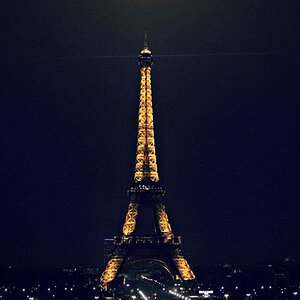
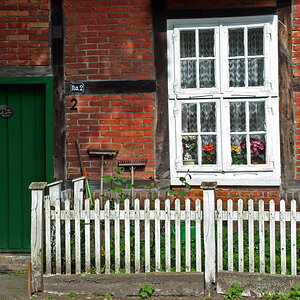
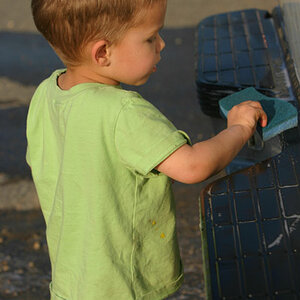
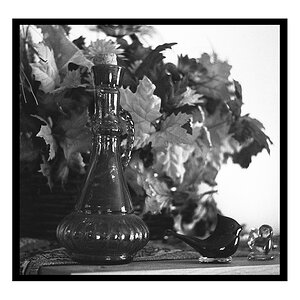
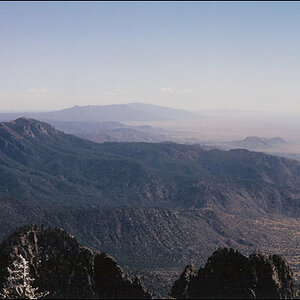
![[No title]](/data/xfmg/thumbnail/32/32950-1cc3896bf614e9412d7fda271f5e63c8.jpg?1619735784)

